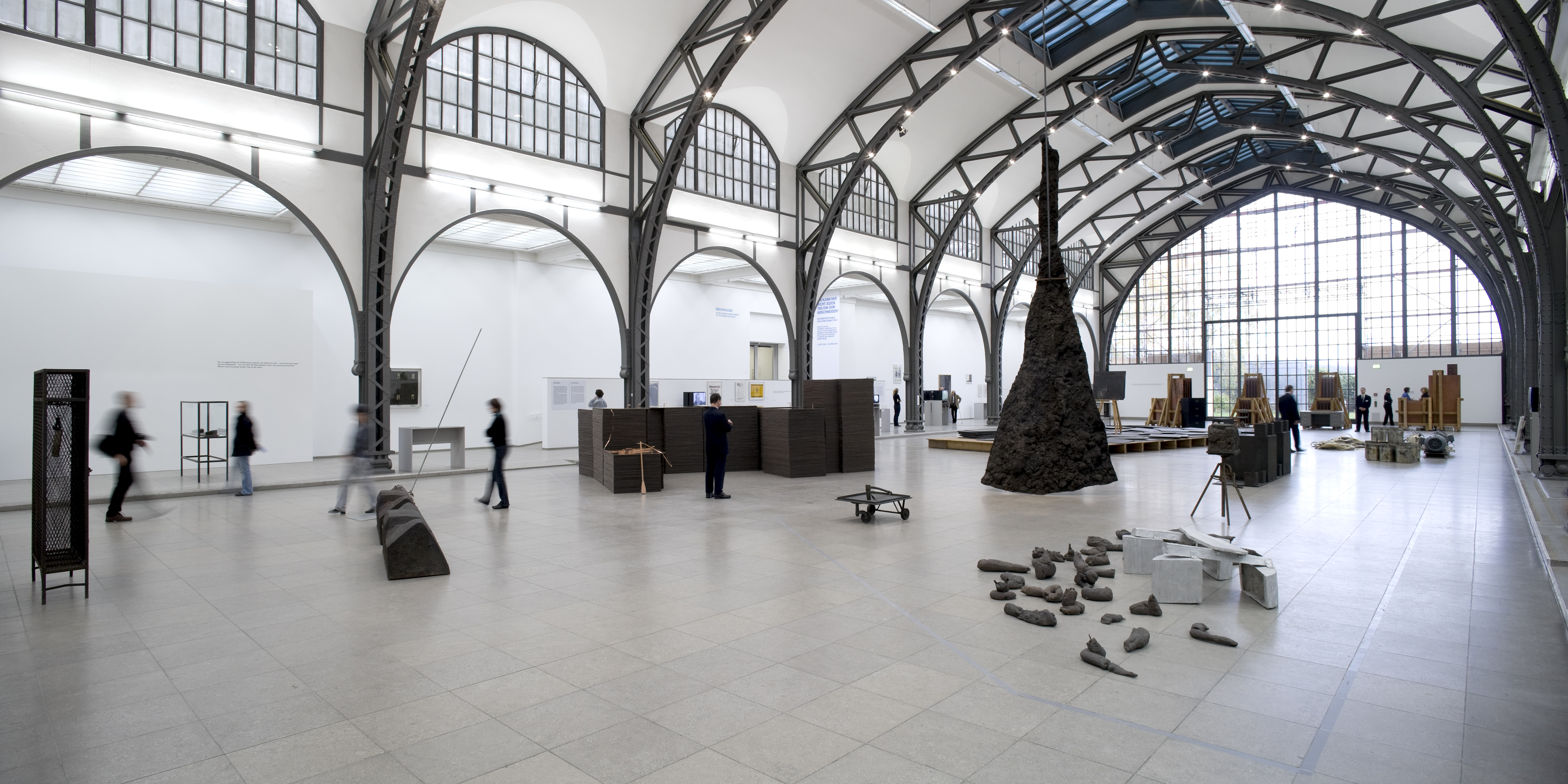Recently, there has been a strikingly high level of international interest in the work and figure of Joseph Beuys, particularly among the younger generation of artists and art historians. There are also various themed and dialogue exhibitions such as “all in the present must be transformed”. “Matthew Barney and Joseph Beuys” at the Deutsche Guggenheim Berlin/New York or “Mythos. Joseph Beuys, Matthew Barney, Douglas Gordon, Cy Twombly” at the Kunsthaus Bregenz have recently tried to confront Beuys with the present.
The Nationalgalerie in Hamburger Bahnhof is taking this growing trend as an opportunity to dedicate a comprehensive exhibition for the first time to one of the greatest German artists of the post-war period. The exhibition “BEUYS. We are the revolution” will be shown from October 3, 2008 to January 25, 2009 in the Hamburger Bahnhof, Museum für Aktuell – Berlin and represents a highlight of the series of exhibitions on the cult of the artist taking place in several houses of the Berlin State Museums.
The exhibition examines the unique phenomenon of the 20th century of a reshaping of all social conditions through art in terms of its historical, philosophical, theological, political, scientific and artistic roots. For the first time, the entire context is explained using documents, writings, films and photographs. The exhibition is spread over an area of around 5,000 square meters in the main building of the Hamburger Bahnhof. It represents a unique opportunity to show the major Beuys works from the Marx Collection as well as the wealth of audiovisual materials from the holdings of the Joseph Beuys Media Archive in a vital, dialogical comparison with rarely borrowed works from all over Europe.
The BEUYS retrospective creates an important continuation of the international debate on the artistic legacy of one of the most influential and controversial artists of the 20th century. The Revolution is a lively, energetic environment in which museum visitors have the opportunity to examine and directly experience Beuys' universe. There is no hagiography here: neither monumental nor sacred in its approach, the planned presentation focuses more on the open work and, above all, on Beuys himself: as an artist, as a thinker, as a human being. Because the iconic meaning of Beuys rests as much on what the artist embodied, on what he was and is, what he said and did, as on the objects he created.
